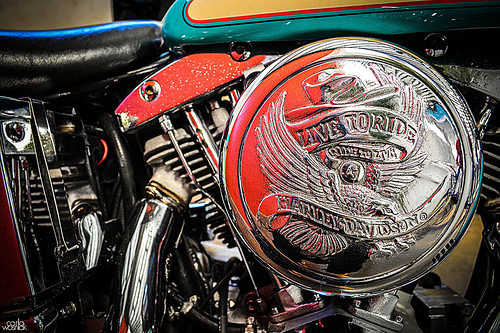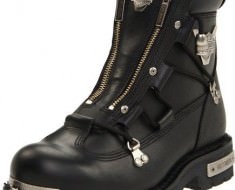One of the considerations to make when buying a motorcycle is the difference between air cooled and liquid cooled motorcycles. Depending on where and how you plan on riding, a motorcycle’s cooling may play a large part in your decision to buy, and how much you’ll appreciate your machine.
- Air cooled motorcycles run noisier.
- You’ll tend to see air cooled more on cruisers, as most cruisers typically run at lower RPMs then sportbikes.
- Sportbikes tend to be liquid cooled.
- Air cooled engines provide more simplicity, representing one less component which could break, need to be replaced, or need servicing
- Liquid cooling rads are sometimes fragile, and external or aftermarket oil-coolers can also be expensive and could break in an accident.
- Air cooled bikes may be cheaper.
- Air cooled motorcycles are likely more feasible for single cylinders (big thumpers), or parallel twin engines.
- In V-Twins, the back cylinder could remain hotter than it otherwise would.
- In liquid cooled engines, the circulating liquid evens-out hot spots in the cylinder head. This is better for detonation control and for emissions. The combustion chamber surfaces can be kept hot enough to encourage more complete combustion, but not so hot so as to promote detonation or high NOx emissions.
- Liquid cooling is better for long-term durability since it allows tighter build tolerances.
- Liquid cooled engines transfer the heat to the rad at the front of the bike, making a long ride or a traffic grid lock more tolerable for the rider.


What you’ll want depends entirely on your ride. Sportbike or other high-revving engine, you may want to make sure you’re getting something with liquid cooling. Scooter or cruiser can probably get away with air-cooling. Many people say Harley-Davidson Sportsters never overheat, but if they do get hot, there are always things you can do, such as switching to a full synthetic motorcycle oil, or adding an OEM or aftermarket oil cooler.
(Via: YouMotorcycle )







